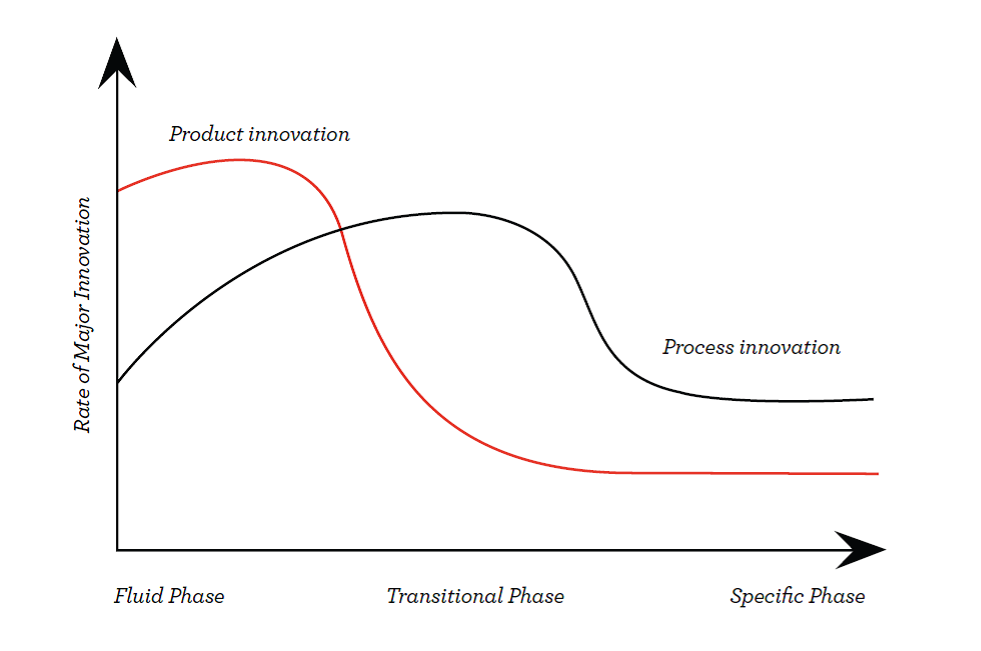A hybrid manager can defined as a person who possesses strong technical skills and adequate business knowledge or vice versa. He should have the required skills needed in the technical as well as the management aspect. Along with that, he should also possess the management competences like communication skills, negotiation skills and also he should be able to motivate others working under him. A Hybrid manager should be able to reduce the gap between the business and technical aspects of the organization and build it with his expertise. Any organisation which has business and technical department working in tandom with each other has an advantage over other organisations whose technical and business department is not integrated. And this role of integration of the business and technical department is performed by the Hybrid managers. Characteristics of a successful Hybrid Manager Self-motivated/like being challenged – A successful hybrid manager is self-motivated person. Continue reading
Modern Management Practices
Discontinuous Improvement – Abernathy and Utterback Model
The common innovation process happens in a set frame, following certain rules and ways of thinking. This ‘game played’ by competitors is to innovate by doing what has been done before like product or process innovations or even position and paradigm innovations, but doing it better. In this competition of ‘playing the same game’ some firms manage to do better than others and can gain a competitive advantage through these innovations, but the ‘set of the game’ is accepted and do not change. Very rare something happens that breaks up this framework and changes how the game is played. This will not happen every day but when this arises the rules and boundaries of a market change rapidly. This will result in upcoming new opportunities and challenge the existing players in their way of working, thinking and doing business. A discontinues improvement occurs out of a technological and conditions stable Continue reading
How to Manage Innovation?
When we think about innovation one question arises in the mind: Does the innovation come naturally? Or it may be taught. The answer is that everyone can be creative and innovative the only requirement is to encourage the innovation among people. Innovation is real work and it can & should be managed like any other corporate function but that does not mean it is the same as other business activities. Indeed, innovation is the work of knowing rather than doing. Buzz today is to encourage and manage innovation through innovation management. One strategy to build up an innovative organization is getting people to accept that the way they work just might not be the best. The most important thing is to help people broaden their perspective. Innovation is like a sky with horizons defined. These horizons can only be broaden through innovation. There is no agreed definition of Innovation Management. Continue reading
Green Marketing: Importance and Challenges
Environmental issues have gained importance in business as well as in public life through out the world. It is not like that a few leaders of different countries or few big renowned business houses are concerned about the day to day deterioration of oxygen level in our atmosphere but every common citizen of our country and the world is concerned about this common threat of global warming. So in this scenario of global concern, corporate houses has taken green-marketing as a part of their strategy to promote products by employing environmental claims either about their attributes or about the systems, policies and processes of the firms that manufacture or sell them. Clearly green marketing is part and parcel of over all corporate strategy; along with manipulating the traditional marketing mix (product, price, promotion and place), it require an understanding of public policy process. So we can say green marketing covers Continue reading
Blue Ocean Strategy – Summary and Examples
Strategy involves standing out from the competition and making choices that give the company a unique and valuable position by offering distinctive products and services. Competitive advantage and profitability can be achieved simultaneously by approaches that create consistent internal synergies and combine a company’s operational activities efficiently. Strategies are formed at various levels of the organization. However, a typical organizational structure incorporates strategies at 3 specific levels: corporate, business and functional. Corporate strategy defines a company’s holistic growth and management direction pertaining to its various businesses, products and services. Business strategies, on the other hand, are established at the divisional levels and typically focus on enhancing the strategic business unit’s competitive position in its industry. Functional strategies aim to maximize resource productivity and are typically set by functional departments within each SBU to improve competencies and performance. The profitability of a company depends on three primary factors which include the Continue reading
Blue Ocean Strategy – Shift from Red Oceans to Blue Oceans
“Blue Ocean Strategy” by W. Chan Kim and Renee Mauborgne is a strategy that challenges companies to distance itself away from fierce competition by establishing uncontested market space that makes existing competition irrelevant. One of the reasons why the authors have used the colors red and blue is to describe the market. Red ocean is the market space where industry boundaries are defined and known. The red ocean contains a massive conflict between companies where they are constantly trying to outperform each other to achieve a greater share or demand. When market spaces become crowded with competitors, companies try out perform each other and profits and growth is greatly reduced due to cutthroat style competition which turns the red ocean bloody. In contrast, blue oceans is the unknown market space where it is unaffected by competition and demand is created rather than fought for. In blue oceans, competition is not Continue reading




